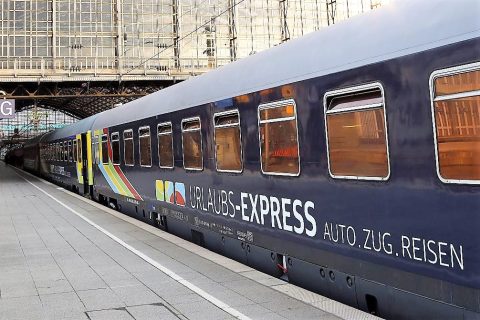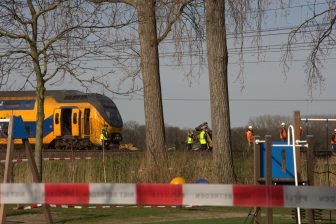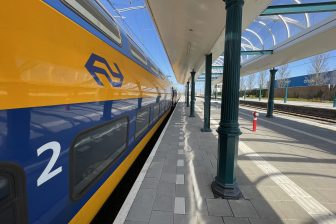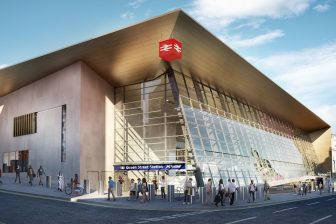
Is rail capable of winning back summer holidaymakers?
Photo : Urlaub-Express
Trains have long been associated with tourism and discovering a new country or travelling Europe. However, in the past decades mass tourism seems to have deserted one of the oldest modes of transport still in existence in favour of aviation and the car. What is the situation of the train in this market today?
Want to read more?
You have read all of your free premium articles for this month. Please become a subscriber to keep reading.
Subscribe now!
Take advantage of our exclusive offer to get full access to all premium content.




Good article, although I miss some recent developments involving Sunweb, that wants to work together with European Sleeper to offer night trains from the Netherlands and Belgium to the Alps, as well as TUI that works together with GreenCityTrips.
While these trains (will) only transport a fraction of the passengers via road or rail, they are interesting new concepts which could be light at the end of the tunnel and have potential to grow in importance.
Recently went to Penzance from North Yorkshire, train to London, sleeper to Penzance and return on daytime trains. Wonderful, and excellent public transport in and around Penzance. Didn’t need a car. The only way!
Recently went to Penzance from North Yorkshire. Train to London, sleeper to Penzance and returned on daytime trains. Great bus and train services in the area and cheap. Didn’t need a car. It’s the only way!